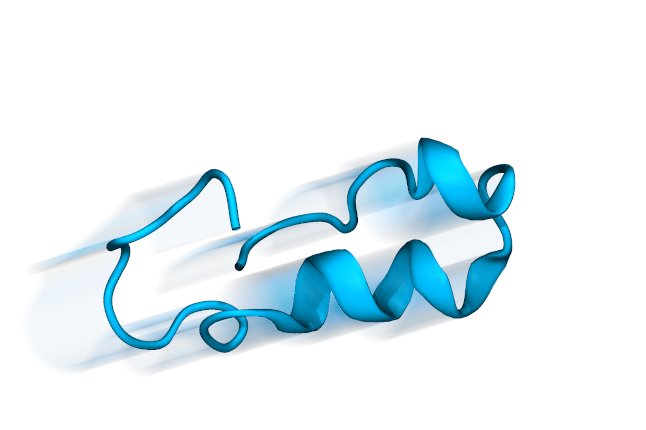
Simulation of Ion Mobility Spectrometry Experiments
Collaborators: Cox lab (https://www.biochem.mpg.de/cox) Max Planck Institute of Biochemistry, Research Group Computational Systems Biochemistry

Mass spectrometry based proteomics is becoming an invaluable analysis tool of complex samples like human cell lysates and allows the identification and quantification of thousands of proteins. To enhance the coverage and accuracy of complete proteomes the digested proteins are initially separated with HPLC and in latest devices additionally by trapped ion mobility spectrometry (TIMS). Ion mobility spectrometry enables differentiation of peptides based on their mass, size, shape and charge distribution. However, a deeper understanding of the peptide conformation in the low pressure environment of the drift tube would help the interpretation of the measurement results and foster instrument development.
Therefore, we carried out molecular dynamics simulations of a model peptide in low pressure air (2.7 mbar). Simulation parameters were carefully adjusted to reproduce the experimental conditions as close as possible. Drift speed obtained from simulations show a decent agreement with experimental measurement e.g. 60 m/s versus 78 m/s, respectively.
